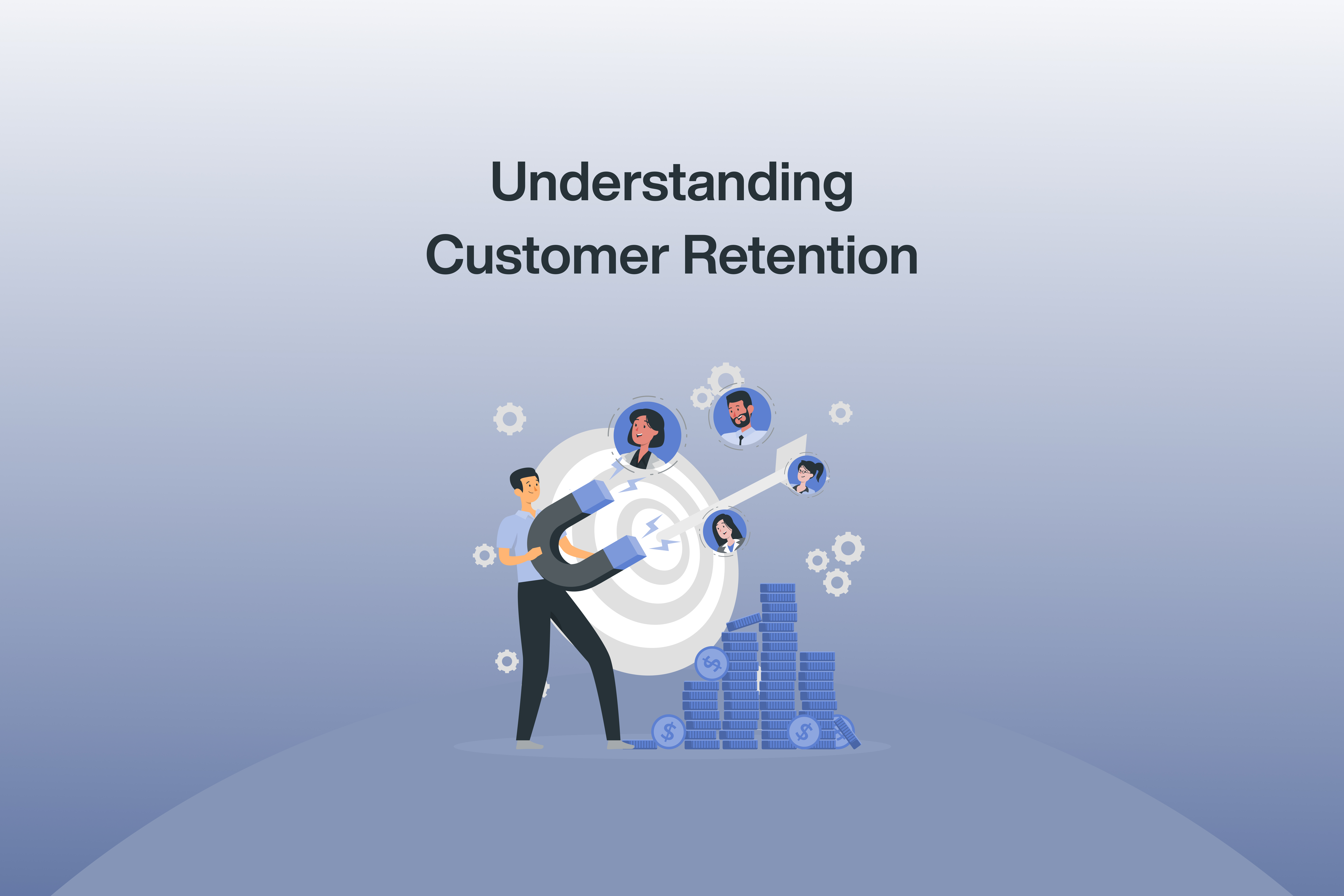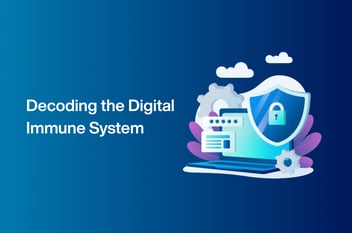When the pursuit of customer loyalty is as critical as acquiring new clients, mastering customer retention emerges as a strategic imperative. In this article, we delve into the profound significance of customer retention, exploring its financial implications, tailored strategies for diverse businesses, and practical steps for effective implementation.
The Repeat Purchases Advantage
At the heart of sustained business success lies the cultivation of a loyal customer base. Repeat customers not only bolster revenue streams but also serve as brand advocates, contributing to word-of-mouth referrals. Their propensity to spend more and make frequent purchases underscores the tangible benefits of customer retention.
Cost-Efficiency at its Core
In the relentless pursuit of market expansion, businesses often overlook the financial advantages embedded in customer retention. Acquiring a new customer can be a resource-intensive endeavor, costing five to twenty-five times more than retaining an existing one. The strategic rationale is clear: maintaining satisfied customers eliminates the need for extensive resources and time spent on finding new ones.
Impact on the Bottom Line
Customer retention is not merely a cost-saving measure; it's a strategic move that can significantly impact your bottom line. Loyal customers tend to spend more, increasing the intrinsic value your products or services bring to their lives. Moreover, a robust retention strategy acts as a catalyst for customer acquisition through referrals, creating a dual financial benefit for your business.
Tailored Strategies for Diverse Businesses
While the importance of customer retention is universal, its application may vary based on the nature of your business. From entities dealing in high-ticket items to those with frequent purchases, every business can reap the rewards of a well-crafted customer retention strategy. Even businesses seemingly in the bottom left-hand category can derive substantial value in fostering loyalty and repeat sales.
Business Journey Approach
Strategically navigating the business journey requires a nuanced approach to the balance between customer acquisition and retention. In the initial stages, emphasis on building a customer base is paramount. As traction is gained, a shift towards nurturing existing customers while still pursuing new ones becomes the key to sustained growth and customer satisfaction.
Effective Retention Strategies
Implementing effective customer retention strategies is an art that combines finesse with practicality. Here are actionable steps to fortify your retention game:
Customer Support Excellence: Address customer issues promptly, turning potential complaints into opportunities for building loyalty.
Personalization Magic: Surprise and delight your customers with personalized gestures, such as small gifts or handwritten notes, fostering a unique connection.
Email Marketing Brilliance: Utilize email marketing wisely. Well-timed, value-added emails can maintain customer relationships without overwhelming them.
Strategic Discounts and Loyalty Programs: Thoughtful discounting and well-structured loyalty programs can motivate customers to make more frequent purchases, creating a win-win scenario.
Measuring Success
To gauge the effectiveness of your retention strategies, focus on two key metrics:
Returning Customer Rate: Calculate by dividing the number of customers with more than one purchase by the total unique customers, considering the last year.
Average Order Value (AOV): Monitor AOV to ensure that your marketing and retention efforts align with your business goals. A higher AOV maximizes the impact of your retention strategy.
Mastering customer retention transcends being a business luxury; it's a strategic imperative for sustained growth and success. By understanding the unique dynamics of your business, implementing tailored strategies, and measuring success through key metrics, you can elevate your customer retention game and secure a prosperous future for your brand.




